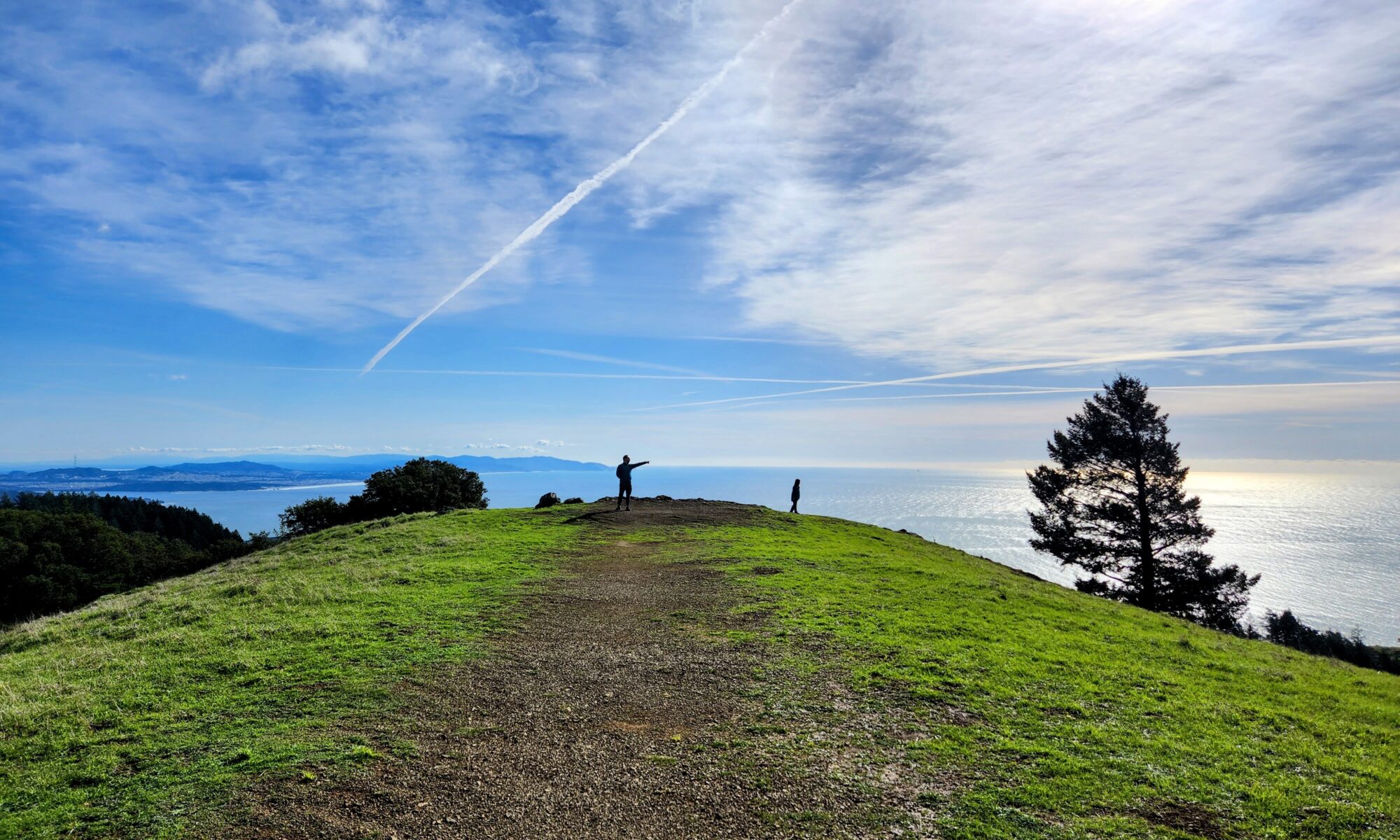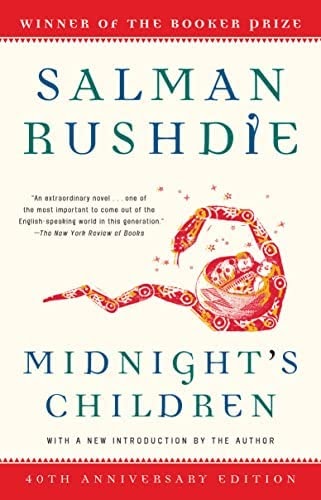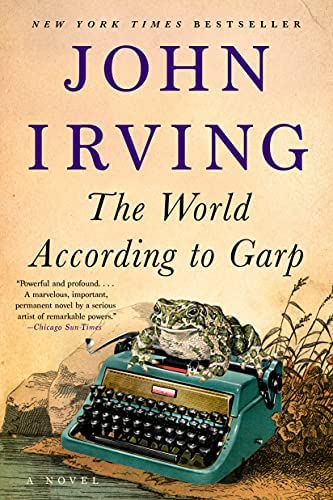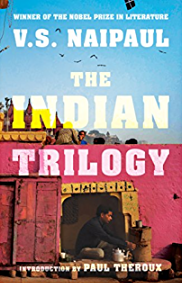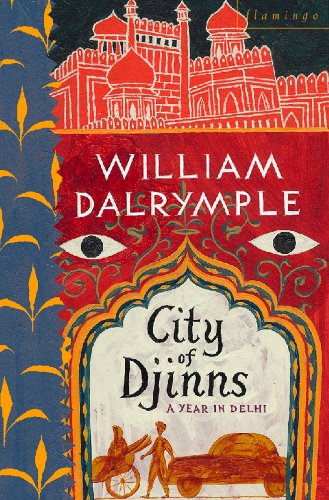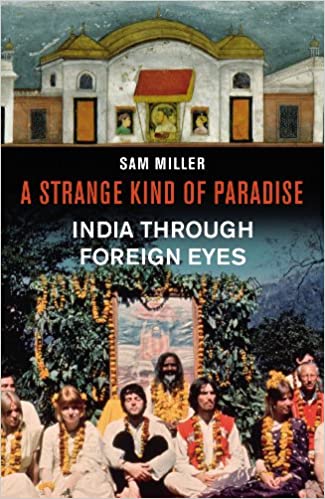In traveling to India and Nepal, and now in thinking and writing about the experience, music has a central role. Music has always meant a great deal to me, and music had much to do with inspiring me to go to India, keeping me sane while there, connecting me to the experience, and helping me to interpret it afterwards. Here’s some of the best stuff.
(Note that I will be leaving out the Beatles songs George Harrison did with Indian musicians. I love and respect them, and they certainly inspired me, but you don’t need me to point you to the Beatles, do you? Also Ravi Shankar at Monterey Pop. Go find it for yourself.)
Pre-travel inspiration
Before traveling to India, I was drawn to music from it, but also music about it.
Duke Ellington, Far East Suite (1967)
I grew up with jazz, but Far East Suite was the first jazz album I got into on my own. From the disorienting jangle of those opening chords, Duke manages to evoke the East — most of the songs are about the Middle East and India, despite the name — without parody or pastiche, which is especially remarkable considering this came out in 1967, the same year George Harrison was putting sitar on Sgt. Pepper (which I love, but still). I wanted to go to where this was.
Paul Horn, Inside (1968)
This gorgeous album by British jazz flautist Paul Horn was in my dad’s record collection, a beautiful gatefolded thing with Horn’s intense, weary gaze on the front and a picture of the Taj on the back, with extensive liner notes explaining that the dome of the Taj Mahal has the purest echo in the world. This recording has a lot to do with the heavy reverb you hear on so much New Age music, but when Horn did it, it was both organically created and completely new.
Eddie Vedder and Nusrat Fateh Ali Khan, “Face of Love” (1994)
I first heard this gorgeous song from the Dead Man Walking score (which seems to be out of print) on an episode of New Sounds on WNYC, which my grandmother used to listen to each night from eleven to twelve when I was living with her after college. Ry Cooder was involved, which usually makes music better, and this actually made me reassess my opinion of Eddie Vedder, who comes in and does his bit beautifully and without much fuss. I hoped to find this sort of sound and feeling in India, and I did come across something close to it: an old man and a teenage boy playing harmonium and singing in the courtyard of the Fatehpur mosque outside Agra.
Beastie Boys, “Bodhisattva Vow” (1994)
I’m not sure how conscious this was, but everyone knew this song because everyone had Ill Communication. By 1994, Tibetan Buddhism was the new Hinduism, the Eastern spirituality the cool kids dabbled in. America’s infatuation with Hinduism had by then turned sour — the Rajneesh gathering guns in Oregon, the Hare Krishnas creeping people out at airports and abusing kids — but Tibet was a cause that hip folks like Richard Gere and MCA and Uma Thurman’s dad were into, and its religious leaders seemed like the real deal. I was at the first Tibetan Freedom Concert in 1996 in San Francisco, and so were an absurd number of my favorite artists. (Yes, this is Tibet, not India or Nepal, but Nepal was a major redoubt of Tibetan culture, and the Tibetan government in exile was in India.)
On the road 1997-1998
My first trip to India and Nepal was in 1997. Here’s what I listened to that still reminds me of that time. There was other stuff in the collection, of course — Everclear, Bjork, Pink Floyd — but these are the things that bring me back to that journey.
Chemical Brothers, Dig Your Own Hole (1997)
I loved listening to this hypermodern techno while rolling through the dark night of India. I felt global in a very late-nineties way. “It Doesn’t Matter” was a good mantra when India was driving me nuts, which was often.
Dil To Pagal Hai (Original Soundtrack) (1997)
Before I went to India, my idea of Indian music was Ravi Shankar, which is a little like going to Paris and expecting to hear dudes in striped shirts playing “La Vie en Rose” on accordions in all the clubs. What Indian music actually sounded like, blasting from lo-fi speakers in every cafe and bus, was old women singing as if they wanted you to think they were twelve-year-old girls.
It drove me nuts.
But over weeks and then months, I first got used to it, and then, grudgingly, realized I’d started to like it. There was one soundtrack in particular, for the Sharukh Khan blockbuster Dil To Pagal Hai, that was absolutely everywhere. I think it was outside of Pushkar somewhere that I heard a uniformed schoolgirl out in a field whistling the theme from “Are Re Are,” and something in me let go. Yeah, the songs really were that catchy. I couldn’t pretend anymore that I didn’t know them. I bought the soundtrack.
Daler Mehndi, “Bolo Ta Ra Ra” (1995)
Now this I liked. I have no idea why this 1995 song was everywhere in 1998, but it was, and I loved everything about it: that beat, that voice, the insane colors on those turbans, the hands-up dancing, the whole damn thing. It would be a few years later that bhangra would become a thing in the US — Missy Elliott’s Get Ur Freak On, from 2001, was basically a bhangra song, and Jay Z’s collab with Panjabi MC came out in 2003 — and the groove that caught fire was slower, funkier, undeniably hipper. In those years I started going sometimes to Basement Bhangra, a long-running DJ Rekha production in Manhattan where you could watch tall dudes in turbans and gold watches and shiny slacks cut loose with undeniable moves. But you could see all that coming with Daler Mehndi, if you happened to run across him. (The sound quality on this video is awful, but that’s more or less how I heard the song most of the time anyway. Go listen to it with good sound, but watch this video.)
Betty Davis, “He Was a Big Freak” (1974)
Pushkar. Sunset Cafe. Bhang Lassi. Weak, medium, strong? Strong. Strong? Strong. I can handle it.
I could not handle it.
Cancel dinner with the German ladies. I can barely speak. Try to find my way back to my hotel. Looks like the right road, but am I going the right way? All the cows and gutter pigs are looking at me, aren’t they? I need food. Here’s a Nepali restaurant. Momos please. I’m looking at my book, pretending to read but can’t read. Will they notice I’m not turning the pages? On the wall: To do good and never evil and to purify one’s mind, these are the words of Lord Buddha.
I make it back to my hotel. There I see the cassette I bought in the marketplace that afternoon, just a blank white cover with the word FUNK written on it. I have no idea what this will be. I put it on, and a woman’s voice is screaming, “He was a BIIIIIG freak!”
Bliss.
The whole tape is like that: deep cuts of American funk from the seventies, like Funk Funk by Cameo. I realize I haven’t seen a Black person in months, and the only Black music anyone plays is Bob Marley, which isn’t American Black music. I realize that Black culture, as distant as I may be from it, is a big part of what makes me different as an American from the Euro-travelers and Ozzies around me. I have missed this groove. We have blues jazz soul rock hip hop. We have the doo-doo funk. I need the doo-doo funk. I need Garry Shider in a diaper.
It took me years to figure out who this woman was, this woman screaming and cooing about whipping her man with a turquoise chain, which is so specific that you have to assume it really happened. I mean, turquoise? And when I did find out, it was even weirder, because Betty Davis was Miles Davis’s second wife, a brief late-sixties marriage in between Frances Taylor and Cicely Tyson. (Miles liked interesting women.) Betty Davis introduced Miles to Jimi Hendrix and Sly Stone. Without her, there might be no Bitches Brew.
So was the man she used to whip with her turquoise chain Miles Davis? I guess we’ll never know.
Aftermath
In the wake of that first journey, I would discover music that resonated with what I’d experienced.
Beck, Mutations (1998)
It came out the summer after I got home, but Mutations seemed to be all about what I’d experienced. Yes, there are Indian instruments on “Nobody’s Fault but My Own,” but it’s the overall mood of lonely resignation, and more than that the lyrics, that registered. Line after line seemed to connect. Listen to it for yourself and see how it goes.
Coco Rosie, La maison de mon rêve (2004)
This didn’t come out until after I’d already been back to India and Nepal a second time, but there’s something about the mysterious insularity of this album that reminds me of the strangeness, and the interiority, of that first journey. It resonates especially with the feeling of the lower Himalayas somehow.
On the road 2002-2003
I made a second journey to India and Nepal, this time for six months, after spending a year teaching English in South Korea to save money. It was a different experience in many ways: I was older, I was with a girlfriend (we would marry and divorce), I’d spent a year abroad, and 9/11 had changed what it meant to be an American in the world.
Beck, Midnite Vultures (1998)
Beck’s much maligned Midnite Vultures was supposed to be the real followup to the blockbuster Odelay, after the side gambit that was Mutations, but instead of the kaleidescopic Americana critics wanted more of, Vultures seemed to be a weird sustained mockery of nineties hip hop and R&B from a white guy who’d broken through with the drawling rap of “Loser.” What I think a lot of critics missed was that this was an international album. Both Mellow Gold and Odelay were American road trips (“I’m goin’ back to Houston!”), but by now Beck had become a global star, and Vultures is speckled with odd geographical references: “She looks so Israeli,” “Do you wanna ride on the Baltic Sea?” “Pop-lockin’ beats from Korea.”
I listened to this a lot during my year actually in Korea (2001-2). This was long before K-pop was a global phenomenon, and the pop-lockin’ beats felt like weird refractions of American music. Vultures also seems to predict the weird, unstable world of those years, with lines about refugees and riots and snipers passed out in the bushes. In trying to get a handle on the post-9/11 world, Vultures felt like a helpful companion.
Om Mani Padme Hum
This is the music, insipid and insidious, that oozed from dozens of curio shops around the Bodnath stupa in 2002. I can find nothing about its origins, though it sounds vaguely Chinese and feels menacing in the way of Shen Yun ads. I can only assume it was created sometime between 1997 and 2002, because I never heard it on my first visit to Nepal.
Indian Vibes, Mathar (1994)
So we’re riding in a car out somewhere beyond Pokhara, on our way to start our trek up into the Annapurnas, and the driver pops in a cassette, and this is what comes out: totally cheesy sitar rock from an anonymous band. Google seems to think Paul Weller was a member — yes, the dude from The Jam and The Style Council — but I haven’t been able to find much about this odd little musical blip. Still, it’s fun as hell, and since it was pretty much the last music I heard before heading off into the mountains, it spent a long time in my head.
DJ Doll, “Kaanta Laga” (2002)
This racy video — a porno mag! A girl in jeans! — was all over TV in 2002, in an India that was fast liberalizing economically after years of protectionism. These were BJP years, but the emphasis then was more on joining the capitalist world than on the Hinduttva conservatism that would come later. There were now beef restaurants in Mumbai, sexy videos on TV, and lots of internet cafes with IE5 and uninterrupted power supplies to keep you going during the inevitable power cuts.
Adnan Sami, “Tera Chehra” (2002)
Another song that was everywhere, with the kind of string arrangement Beck would borrow for Sea Change. The video is ridiculous melodrama, with Sami pretending to play a bunch of instruments he clearly can’t, but the song itself is lovely.
On the road 2010
I made it back to India once more, this time as a Google employee, traveling to Pune to talk to an outsource team there about how we could work together better. We were in a private from the airport to the Mumbai Oberoi, in the middle of the night of course, when the driver asked if we wanted some music. I said yes, expecting something Indian.
Nope.
It was tinkly lounge jazz, weird enough I’d been expecting Bollywood. But then I realized I knew these chords.
Could it be?
Was it?
It was.
Karen Souza, “Creep” (2011)
Now, as you can see from the date, something is off. This must have been released as a single before it came out on the Essentials album, because I could swear this is what I heard. Rolling through the Mumbai night, on the way to the poshest hotel I’d ever stayed at in India, here was a voice purring to me from the radio, “What the hell am I doing here? I don’t belong here.”
Indeed.
Evocations
In the years since my trips to India, I’ve run across music that has evoked the experience particularly well. Here’s some of the best.
John Coltrane, The Complete 1961 Village Vanguard Recordings (1961)
In the Ken Burns Jazz documentary, Branford Marsalis tells the story of asking drummer Elvin Jones about playing with John Coltrane during this extraordinary stand at the Village Vanguard, music that is as intense and spiritual as any ever recorded. How did they do it? How did they stay so locked in, night after night?
“You got to be willing to die with a motherfucker.” That was Elvin’s answer.
John Coltrane was out in front in a lot of ways. Long instrumental jams over a single chord are so normal to those of us reared on post-Allman rock and roll that it’s easy to miss how weird this was in 1961, five years before the Beatles sheepishly brought the one-chord song “Tomorrow Never Knows” to George Martin. Also radical was the overblowing, the honking, the strange sounds, the chromatic runs. When I hear this, I hear it as someone who grew up on Primus and Sonic Youth and Public Enemy and Hendrix, but none of that had happened yet. This music helped it happen: David Crosby has said the earlier Live at the Village Vanguard record was all the Byrds were listening to on tour, and that the guitar solo on “Eight Miles High” was an attempt at the Coltrane sound.
And then there’s the India connection. No one was listening to Indian music in America yet. No one had any idea that John Coltrane was somehow pulling Rajasthani shehnai music into a bop jazz idiom. But he was.
Shivkumar Sharma, Brijbhushan Kabra, Shivkumar Sharma, Call of the Valley (1968)
I first heard this in one of those little Tibet shops that started popping up everywhere in the 2000s. This one, down in Greenwich Village, was was better than most, and so was the music they played. Call of the Valley was a worldwide smash and deserved to be. The Beatles, Bob Dylan, and the Byrds were all fans. Though it’s meant to evoke a shepherd’s life in Kashmir, it brings Nepal to mind for me. (Note that the version on streaming services is some crummy later thing with bad synth washes, but you can hear the whole album on YouTube.)
Alice Coltrane, Journey in Satchidananda (1971)
If someone told you to check out this jazz harp record from the seventies that has bells and Indian drones on it, you might expect something kitschy and ridiculous. Instead, Journey in Satchidananda is a stunning album of the richest spiritual jazz.
Too often overlooked because her husband was one of the very greatest jazz players ever, Alice these days is beginning to get her due, with everyone from her nephew Flying Lotus to the whole London jazz scene citing her as an inspiration and an influence. Her connection to India and Hinduism was deep, and for much of her life she retreated from the jazz scene to focus on her ashram work, which has yielded some powerful recordings in their own right.
On Journey, Alice Coltrane plays harp like no one before or since, with a darting, shimmering, percussive attack, and her piano playing is almost as idiosyncratic. Pharaoh Sanders is here too, playing as well as he ever did. But the surprise star of the whole thing is Cecil McBee, whose monster bass lines ground this whole ethereal affair with an undeniable groove. It’s that mix of spirituality and earthiness that makes this record so true to India. It’s the dirt and the muck and the gods and the goddesses as a mystic whole, and it’s beautiful. You won’t regret adding this album to your life.

